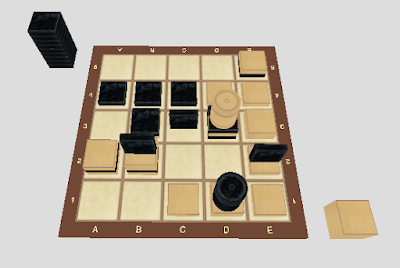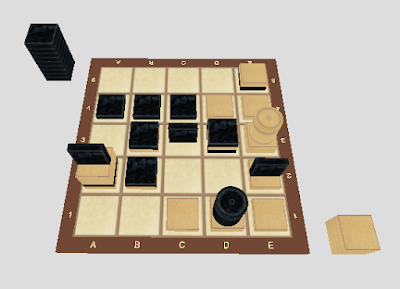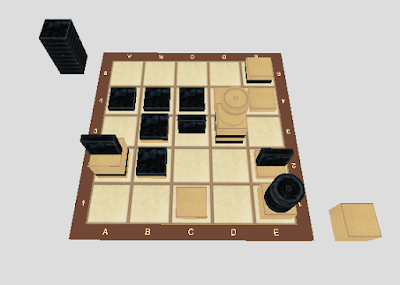I have come to call these landslides Cascades.
John Lewis brought this up on the Tak subreddit. I have attempted to expand upon the idea and nail down some definitions and examples:
Forced Cascade - A series of forced moves that results in a major swing in the board state. This is very similar to Road to Tinue, except that the result is not an immediate win (though it could lead to it, certainly). Forced moves only work if your tempo is 1 (or 2, if failure to follow the forced move results in Road to Tinue)
Potential Cascade - A pre-Cascade board state that will not become a Cascade unless initiated. The responding player is not forced to initiate the Cascade.
Fishing Cascade - an intentionally set up Potential Cascade (you might even say it is a Potential Cascade with malicious intent) - a lure is dropped that, if taken, will result in a cascade by the player dangling the bait. The best fishing cascades offer the mark a "treasured bait" AND improve the fisherman's board state regardless of whether or not the mark takes the bait. Ex: player 1 captures a stack within reach of player 2's wall. If player 2 captures the stack, player 1 crushes it with his cap and gains superior board position. If player 2 does not capture the stack, player 1 spreads the stack and gains better board position anyway.
I would like to start with the most basic cascade -- a flat capture/recapture scenario. This cascade is a direct result of influence; and if you have not seen Ben's video on the subject, or it has been a while, I highly recommend taking a look at it.
This type of cascade is sometimes called a stack war or a trade war or even a dog pile. As Ben's video demonstrates, each piece on the board exerts a certain amount of influence over adjacent squares. At some point during the game, capturing becomes necessary to prevent a road win or to gain better board position. If the captured piece falls under the influence of an opponent's piece, then the opposing player can choose to recapture. If that recapture falls under the influence of the initiating player's piece, then he/she can choose to continue the war. As stated, each recapture is a choice, making this a Potential Cascade. If the trade war is taken to its end (no adjacent pieces available to recapture the dog pile), then the board now contains a significant stack.
I try to make it a habit to check the outcomes of trade wars for each potential capture that may occur (try to use your opponent's time to do this so you can concentrate on The Fox Prances To The Barn, Smelling Turkey on your turn).
Below is a simple trade war. Notice that each player has other options besides continuing the dog pile. You can use the navigation arrows to play through the trade war.
The next step in a trade war is to bring in a noble to help rein in the peasants, as seen here in the Northwest:
Exactly how a player should react to this noble placement really depends on the board state at the time. One common response to the placement of a noble beside a valued stack is to jump and spread that stack in the most beneficial direction found.
Now for the hard stuff. A forced cascade is a very powerful tool. Huge swings in flat count or setups for Roads to Tinue can be forced if you can get your opponent into the right position (over a barrel). The following is an example of a forced cascade - The capstone hops to a deputy stack which is also a Tak threat, black cannot respond by using the stack vacated. Then, the capstone hops back on the previous stack, adding 2 extra recruits, keeping a deputy stack, and putting black's capstone in the corner.
I am sure that there are many more cascades in this beautiful game to be discovered. Let me know if you see one and I'll see if I can work it into the blog somewhere.
Also, do you prefer the still pictures or the interactive ptn.ninja frames?



Much prefer the interactive ptn.ninja frames :)
ReplyDeleteThanks for your response! I like the interactive-ness of them. The downside is that stacks can be hard to see in the 2D mode. Let me know if you have other requests for the way the information is presented or what you would like me to write on.
Delete